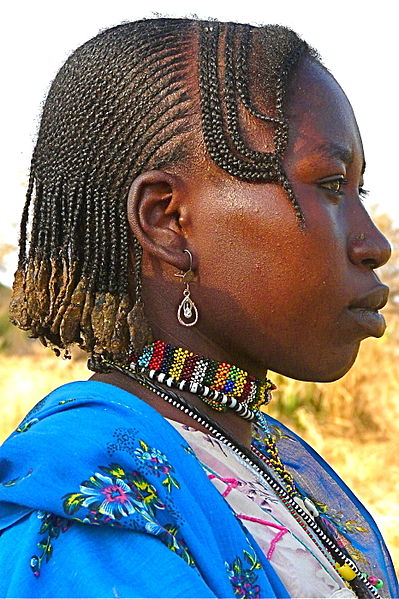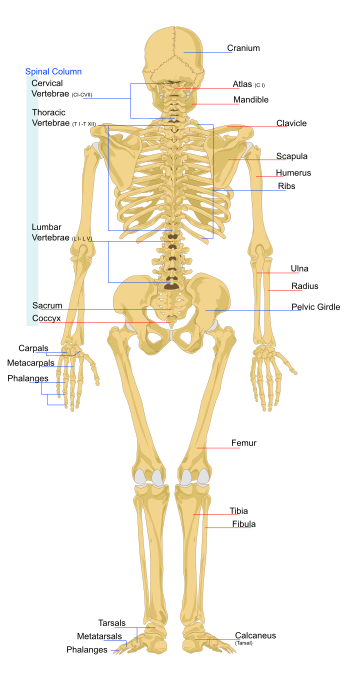They say that the crowning beauty of a person is the hair. Here are some interesting tidbits about the human hair.
of a person is the hair. Here are some interesting tidbits about the human hair.
1.) Are you bald and plan to undergo hair transplant? Just for your information, it takes about 3 months for the transplanted hair to start growing again.
2.) On the average, a human head has about 100,000 hairs.
3.) Human hairs grow at an average of ½ to 1 inch a month or six to twelve inches a year.
4.) As we grow old, the hair on our head
5.) As we grow old, hair grow where it is not wanted, such as in the nose and ears, and to fall out where it is desired.
6.) After a certain period of growth, hair becomes dormant . That means that it is attached to the hair follicle until replaced by new hair.
. That means that it is attached to the hair follicle until replaced by new hair.
7.) Hair on the head grows for between two and six years before being replaced. In the case of baldness, the dormant hair was not replaced with new hair.
8.) Who lose more hair each day – male or female? Well, men lose about 40 hairs a day. Women lose about 70 hairs a day.
9.) Hair that grows in the face grows faster than any other hair on the body.
10.) On the average, if a man never shaved his beard it would grow to more than 30 feet long during his lifetime. A beard grows an average of 140mm a year
11.) There are approximately 550 hairs in the eyebrow .
.
12.) Women’s hair is about half the diameter of men’s hair. It means that men’s hair is coarser than that of women.
13.) A single human hair can support 3.5 ounces. That’s equivalent to the weight of two full size candy bars.
14.) Humans are more hairy than apes. Majority of our hairs are too fine or light to be seen.
15.) On the average, the lifespan of a human hair is 3 to 7 years.
16.) Human hair is virtually indestructible. Human hair decays at such a slow rate that it is practically non-disintegrative.
17.) Hair cannot be destroyed by cold, change of climate , water, or other natural forces and it is resistant to many kinds of acids and corrosive chemicals.
, water, or other natural forces and it is resistant to many kinds of acids and corrosive chemicals.
18.) Hair is the fastest growing tissue in the body, second only to bone marrow.
19.) A hair is 70 per cent easier to cut when soaked in warm water for two minutes
20.) A beard grows an average of 140mm a year and a man’s beard contains between 7,000 and 15,000 hairs.
See also



